
Let every scale count
Using creativity for pangolin conservation
15th November 2022
Pangolins around the world are highly threatened due to demand for their scales as traditional medicine ingredients in the Far East. Namibia's only pangolin species – the Temminck's pangolin – is no exception, and pangolin poaching and illegal trade has become a major concern in recent years for Namibian conservationists.
While Namibia boasts large areas of excellent pangolin habitat, conserving this species requires more than just meeting its ecological requirements. Pangolin conservation requires the whole of Namibian society to care about this vulnerable and rarely seen animal, such that ordinary people are willing to stand against pangolin poaching and trafficking.
Namibian society is multi-cultural, economically unequal, and demographically young. Pangolin conservation must therefore involve the youth across all cultures to create positive perceptions and national pride to effectively counter poaching and illegal trade for short-term financial gains. The future lies in the hands of today's youth, and their outlook and perceptions are developed through their formal and informal educational experiences.
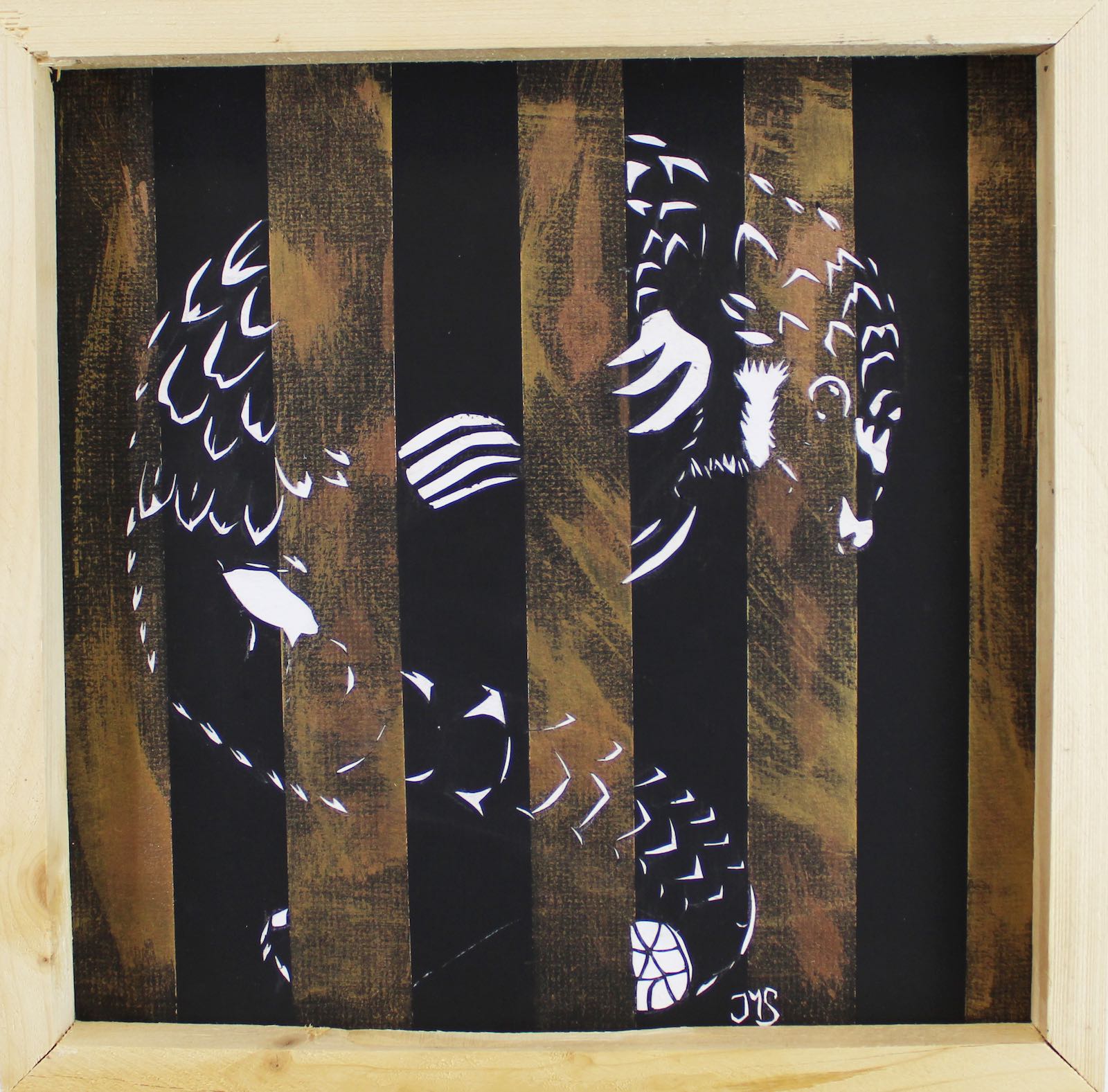
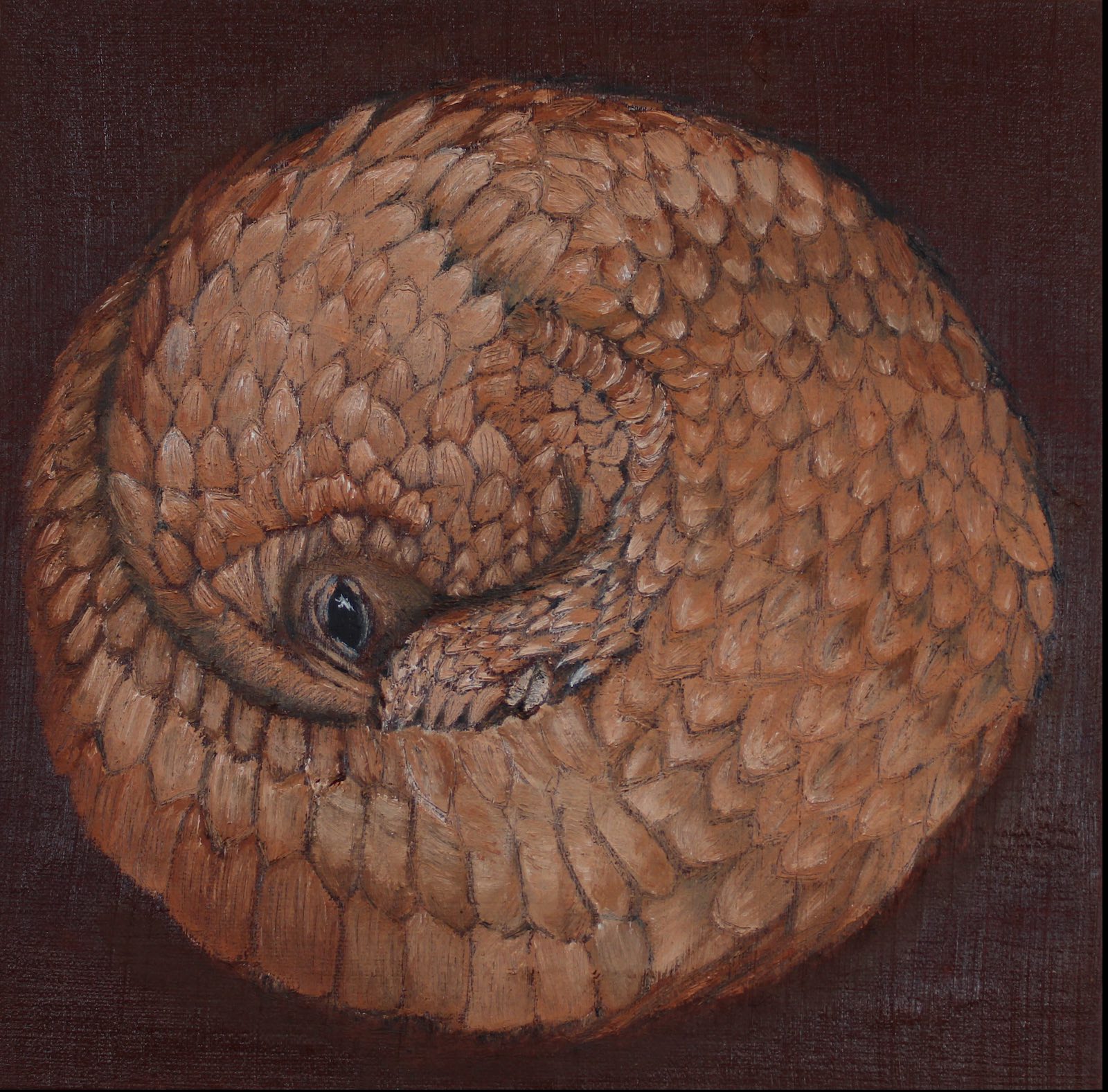
National efforts to create awareness, prevent or report poaching, and ensure that justice is served to pangolin poachers are led by the Ministry of Environment, Forestry and Tourism (MEFT) and supported by several non-governmental organisations. In 2020 the Namibian Pangolin Working Group (NPWG) was established to formalise this partnership and increase collaboration among state institutions and organisations that are focused on preventing wildlife crime, conserving and studying pangolins.
The NPWG and MEFT have developed several educational resources relating to biodiversity and pangolin conservation, with funding from the Namibian Chamber of Environment (NCE) and GIZ. These include a poster on the natural history of Temminck's pangolin, a poster encouraging citizens to report wildlife crime, a comic-book story about a pangolin and a poaching event, and a career guide describing the many professions needed for successful nature conservation. These resources were combined into a highly informative package and sent to secondary school students as part of an invitation to take part in a creative writing project called Let Every Scale Count – Pangolin and Wildlife Crime.
To show how pangolins and wildlife crime relate to the Namibian curriculum, we placed each of the secondary school subjects into one or more environmental pillars: cultural, social, economic, political and natural. We designed an infographic showing the school subjects categorised according to the environmental pillar, a map of the threats and the routes of the illegal international trade, and some ideas for creative story lines. The infographic and aforementioned educational resources were distributed to all combined and secondary schools with an invitation to participate in the Let Every Scale Count creative writing challenge.
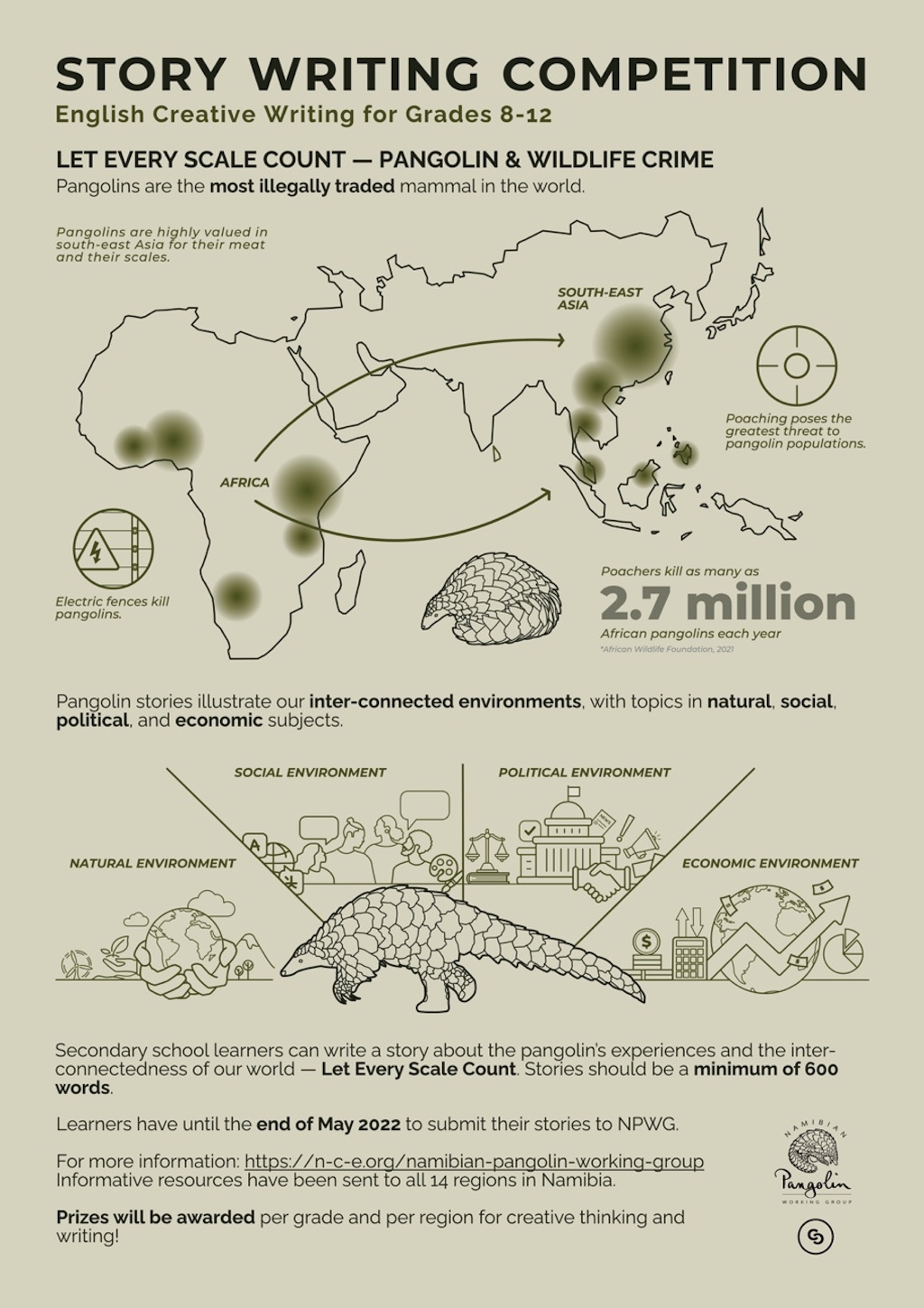

According to the 2019 statistics of the Ministry of Education, Arts and Cultures (MEAC) there are 624 combined and 221 secondary schools across Namibia's 14 regions. With endorsement from the MEAC directors and assistance from their distribution officers, we sent the infographic and other resources for the Let Every Scale Count challenge to all 845 schools on the MEAC database.
Students from 36 schools in 11 of Namibia's 14 regions responded to our invitation and sent in 166 creative stories for our team of judges to read. Selecting the best stories was a difficult process, since there were many excellent and diverse submissions to choose from. Every learner who submitted a story received a certificate of participation as a Biodiversity Ambassador and winners were selected per region and per grade. The range of books awarded as prizes were generously donated by the Rooikat Trust, Namibia Book Market, Wordweaver, The Book Den and Pollination Publishers.
To further encourage the conversation between the arts and the sciences, the NPWG planned and hosted a visual arts exhibition at the Namibia Arts Association's gallery in Windhoek. Independent artists were invited to submit their artworks for the exhibition under the theme of Let Every Scale Count. Over fifty artworks were submitted and judged by a panel of Namibian art experts. Kenneth /Uiseb, Deputy Director of Wildlife, Monitoring and Research at MEFT and chair of the NPWG, addressed the well-attended opening evening of the exhibition and encouraged all Namibians to play their part in pangolin conservation.
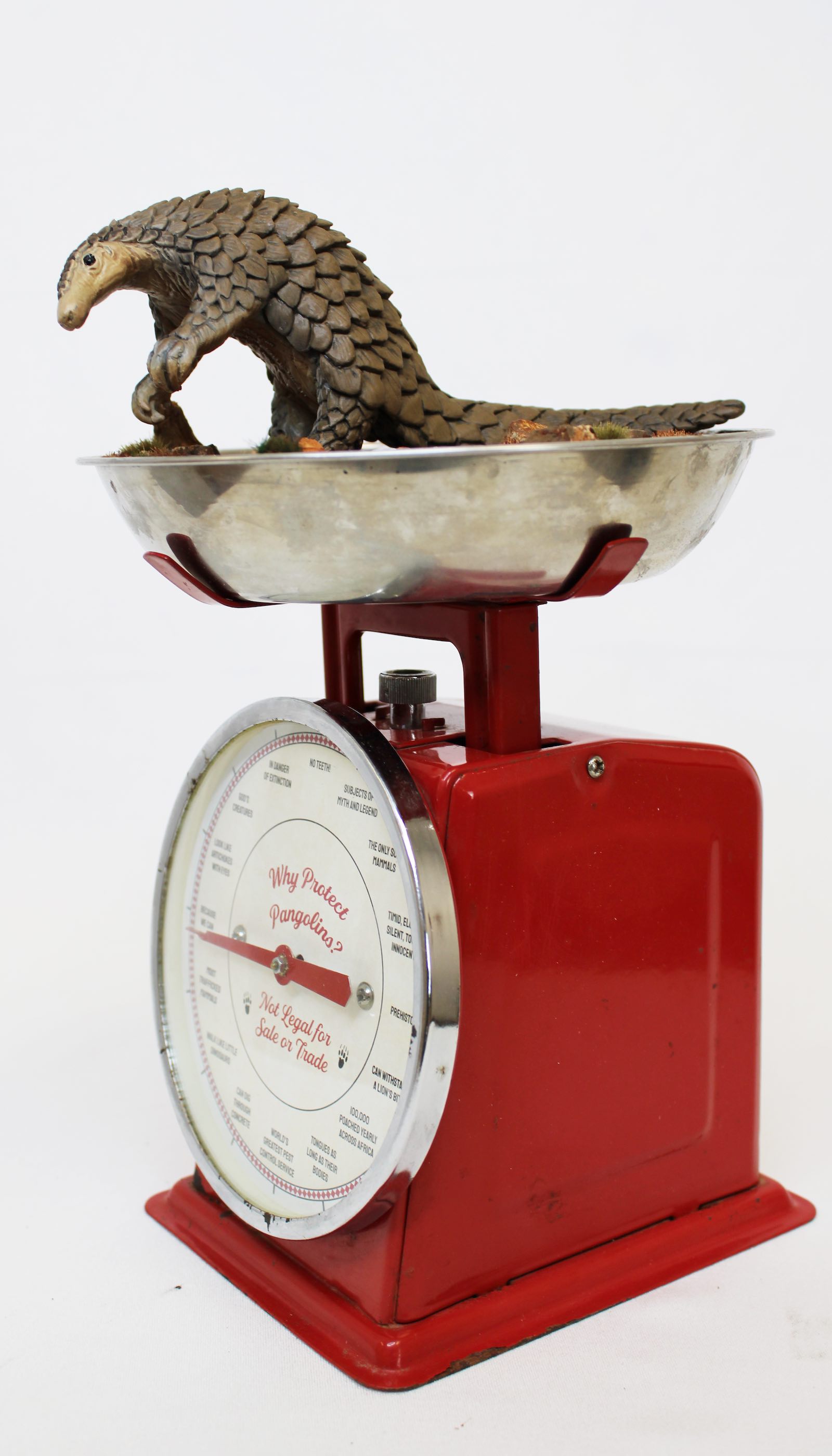
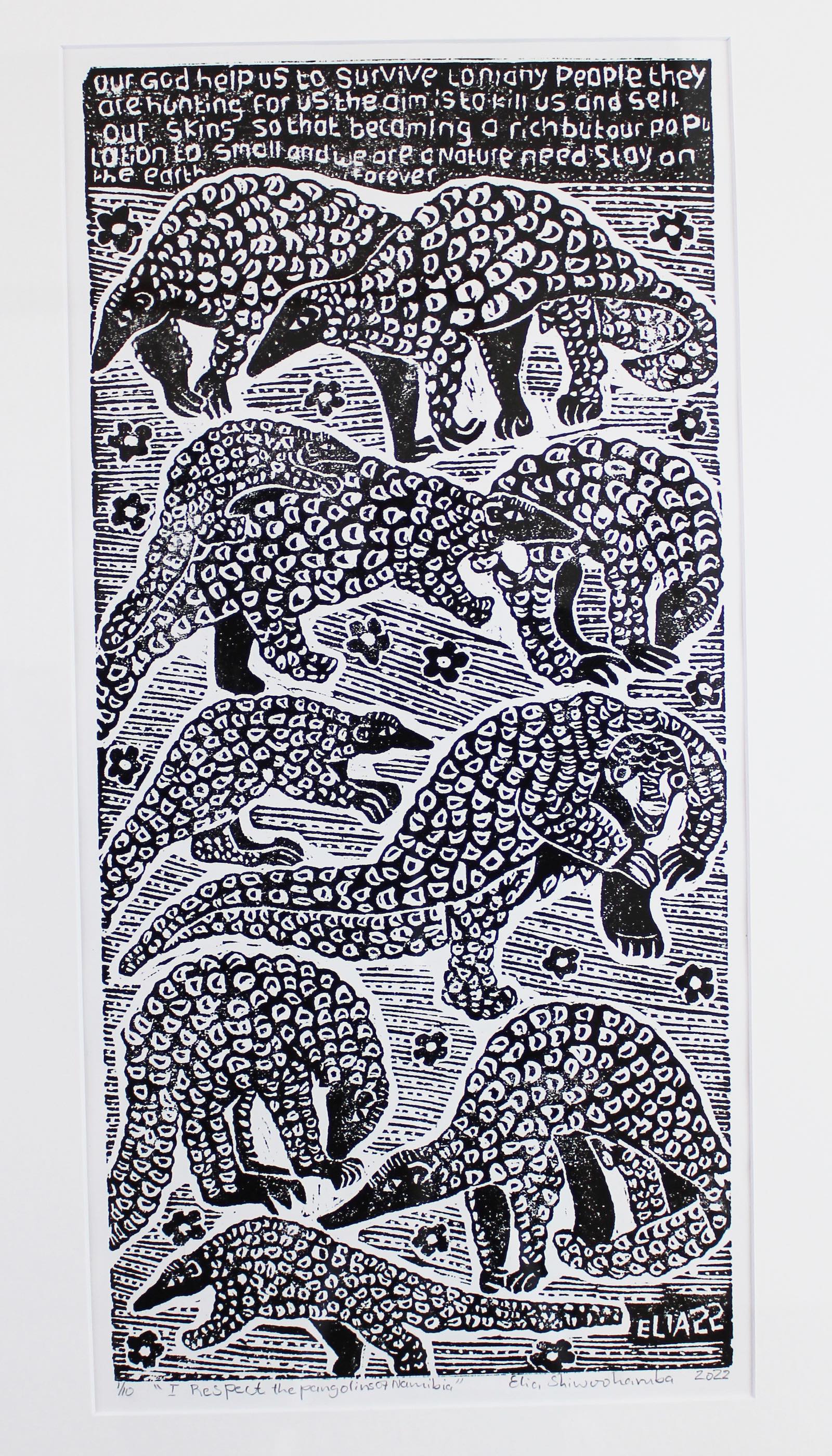
To create a safer world for pangolin and other wildlife species, we must acknowledge and strengthen the interdependence between ecology and society. The arts go hand-in-hand with science. The arts can express the findings of a scientific enquiry in elegant and creative ways that speak to the public imagination. Creating stronger links between the arts and the sciences can potentially foster creative reasoning and cross-fertilisation of concepts and stimulate intellectual creativity.
In conservation, the arts can engage the public by creating awareness of the threats that species face and the ways in which everyone can help to reduce those threats. Our experience with linking pangolin conservation to creative school children and adults was highly encouraging, showing that Namibian society is inspired to Let Every Scale Count.
How young people can stop pangolin poaching and trafficking
Natalia Hinamunhu (Grade 12, Omusati Region)
Uncle Tangeni is a poacher!
Nelao concluded breathlessly as she ran down the path to her house. She went to her father who was harvesting in the field. He asked her what was wrong. Uncle Tangeni and his friends are burning up the forest!
she said breathlessly, not quite knowing as to where to start. Her father sighed, sat down and put down his big harvesting knife beside him. Nelao dropped on the ground beside him.
They are killing the pangolins!
she said and pointed in the direction of the forest, and the tears she had tried to hold back sprang out of her eyes.
Her father comforted her. I tried to talk him out of it, but he did not listen,
he told her.
We have to do something, father,
she pleaded with him.
He has already started, and he is not planning to quit,
her father told her.
We need to tell the police," Nelao suggested.
He is our brother,
her father said in his brother's defence.
They are our pangolins!
Nelao interjected, almost shouting. They need our help. We cannot let them die!
She added when her father remained silent.
Nelao and her father went to the police and reported the illegal actions of Tangeni and his friends. They were arrested for pangolin poaching and causing harm to the environment.
Waltraude Philander (Grade 9, Khomas Region)
A web developer discovers that her dad works for an organisation that traffics and trades pangolins for money. She decides to dig, then she finds lots of information. She goes on to create a website on how to protect, keep pangolins safe, home and keep them at ease.
Jaylee Suarez, 23 years of age, born and raised in Colombia. She's a full graduate from the University of Colombia. In 2020 she graduated as a computer scientist, but now she does an extra job online as a web developer. Jaylee, her parents and 3 siblings live in a luxurious house in Colombia. Her father Marco is always on air, never home, only visits them 2 or 3 times a month.
He's a wealthy businessman who's eager for money and would do anything for it except give his family up. Jaylee noticed her father's strange behaviour, late night phone calls, staying up all night and barely at home during the day.
One night she snuck into his study, she found a document, it was sealed, written CONFIDENTIAL. She opens the document, discovers that her dad trades pangolins from Africa and works as an associate for a Chinese organisation.
Taking a pangolin's view of trafficking
Rosalia Jonas (Grade 9, Otjozondjupa Region)
In the evening I was pulled out of a cage. One of the humans wanted to buy me. I was too frightened to move, I just curled up into a tight ball as my mother taught me. Now I'll never have babies of my own. I was picked up and put into a bag. Then I heard the voice of Rosalia.
No! Please don't kill her, these animals are endangered, please mom help her,
said Rosalia.
Then suddenly I was dropped on the ground. I heard small footsteps coming towards me. You're safe now, let's take you to your new home,
whispered Rosalia. Rosalia's mom took me to a safe place where there were other animals.
I learned that once humans understand we animals feel safe if they become kind and care for us. I'll finish my story by saying I met a male, he was so handsome and we fell in love. So I got a baby after all. People came to learn about us so they could tell more children about the animals of Namibia. What a happy way to end my story.
Obert Sianga (Grade 12, //Kharas Region)
A monster (human) came to my cage as it was my turn to be killed. Hopeless me was tired of all the struggle I went through in this short period of time. I was placed on the table where I was supposed to be killed, but all of a sudden, there were continuous sounds like rumbling thunder, the monsters that captured me fled the scene and left us in the room. To my surprise we were rescued by other humans that were very kind and good. I believe they were the conservation group.
They made weird sounds, but I think they were communicating to each other. I was unsure what they wanted to do with us but I knew that we were in safe hands, from there afterwards. But still my heart was broken as I never said my goodbyes to my mom.
I thank these humans for rescuing me and my people. We were taken back to our homes, where I lived for the rest of my life in peace. One thing was clear, there is good within the human race, they can still change for the greater good.
All I have to say to the human nation is, let every scale count
.
If you enjoyed this page, then you might also like:


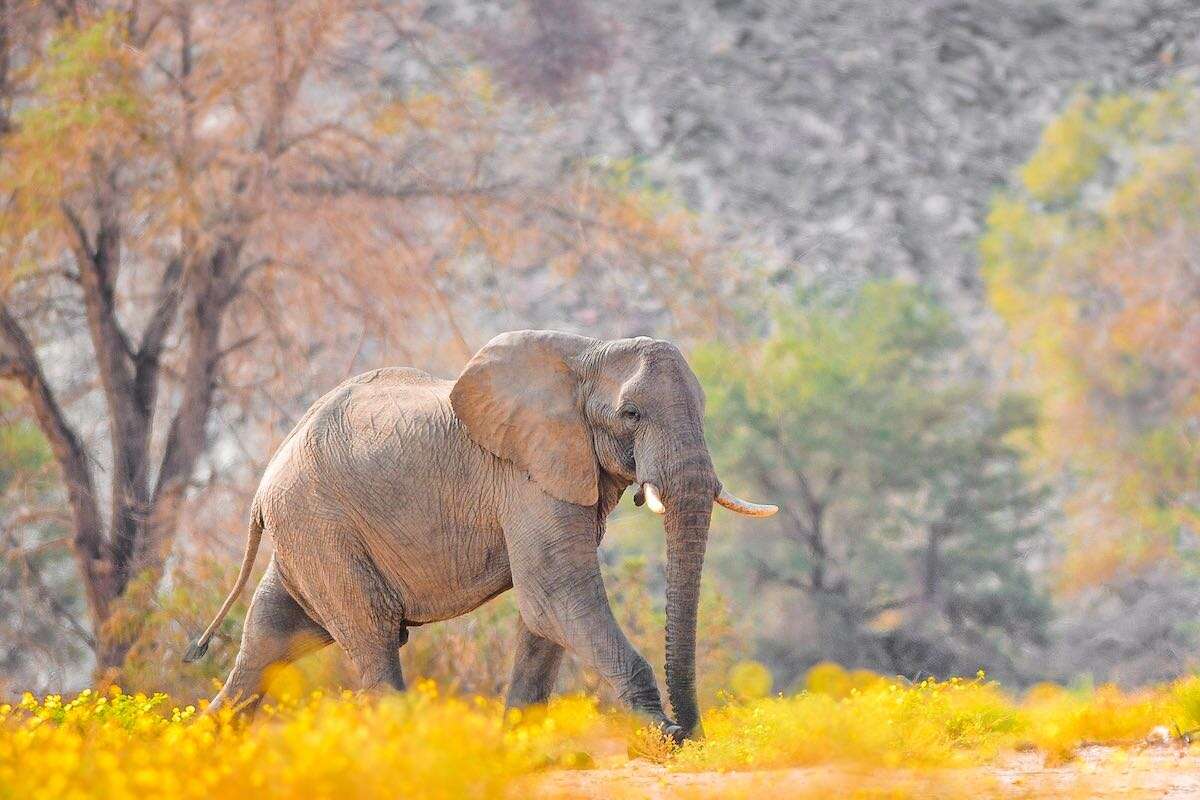
For articles on similar topics, please click one of the following options:
For more great articles from Conservation Namibia see below...
Conservation Namibia brought to you by:
We use cookies to monitor site usage and to help improve it. See our Privacy Policy for details. By continuing to use the site, you acknowledge acceptance of our policy.









